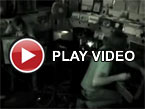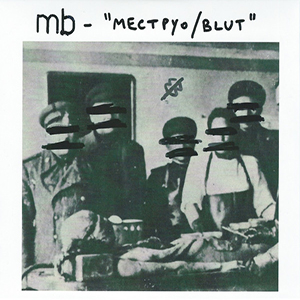 Here are two new archival releases from Bianchi, who has been more prolific in reissuing early (and usually more well regarded) releases compared to new material in the past few years. These discs (both CD versions of limited cassettes issued in the early 1980s) capture Bianchi in transition, moving from his less focused early work as the Sacher-Pelz moniker, into what most associate with the MB name and his string of amazing, but depressing LPs in the early 1980s. While the material might not be as strong as something on, say, Symphony for a Genocide or Regel, it is still much more than simple.
Here are two new archival releases from Bianchi, who has been more prolific in reissuing early (and usually more well regarded) releases compared to new material in the past few years. These discs (both CD versions of limited cassettes issued in the early 1980s) capture Bianchi in transition, moving from his less focused early work as the Sacher-Pelz moniker, into what most associate with the MB name and his string of amazing, but depressing LPs in the early 1980s. While the material might not be as strong as something on, say, Symphony for a Genocide or Regel, it is still much more than simple.
Two new shows just for you. We have squeezed out two extended release episodes for this weekend to get you through this week. They contain mostly new songs but there's also new issues from the vaults. The first show features music from Rider/Horse, Mint Field, Robert Aiki Aubrey Lowe, Anastasia Coope, ISAN, Stone Music, La Securite, Bark Psychosis, Jon Rose, Master Wilburn Burchette, Umberto, Wand, Tim Koh, Sun An, and Memory Drawings. The second episode has music by Laibach, Melt-Banana, Chuck Johnson, X, K. Yoshimatsu, Dorothy Carter, Pavel Milyakov, Violence Gratuite, Mark Templeton, Dummy, Endon, body / negative, Midwife, Alberto Boccardi, Divine. Cow in Maui from Veronika in Vienna. Get involved: subscribe, review, rate, share with your friends, send images! |



 Over the years, I have come to be extremely wary of any collaborative releases involving artists I like, as all they tend to fall into one of two categories: disappointing compromises or (much more frequently) tossed-off improvisations.  Consequently, I did not have particularly high hopes for this album, particularly since so many recent Fenn O’Berg releases have failed to live up to their enormous potential.  Happily, however, It’s Hard for Me to Say I’m Sorry largely delivers upon the promise heralded by its luminous participants.  Given that Fennesz has a much more distinctive aesthetic than the chameleonic O’Rourke, it is not surprising at all that this sounds a hell of a lot like a Fennesz album at times, but the line separating laptop-era O’Rourke from Fennesz is a very blurry and narrow one.  In any case, this is quite a strong album, albeit one that starts to lag a bit in the second half.
Over the years, I have come to be extremely wary of any collaborative releases involving artists I like, as all they tend to fall into one of two categories: disappointing compromises or (much more frequently) tossed-off improvisations.  Consequently, I did not have particularly high hopes for this album, particularly since so many recent Fenn O’Berg releases have failed to live up to their enormous potential.  Happily, however, It’s Hard for Me to Say I’m Sorry largely delivers upon the promise heralded by its luminous participants.  Given that Fennesz has a much more distinctive aesthetic than the chameleonic O’Rourke, it is not surprising at all that this sounds a hell of a lot like a Fennesz album at times, but the line separating laptop-era O’Rourke from Fennesz is a very blurry and narrow one.  In any case, this is quite a strong album, albeit one that starts to lag a bit in the second half.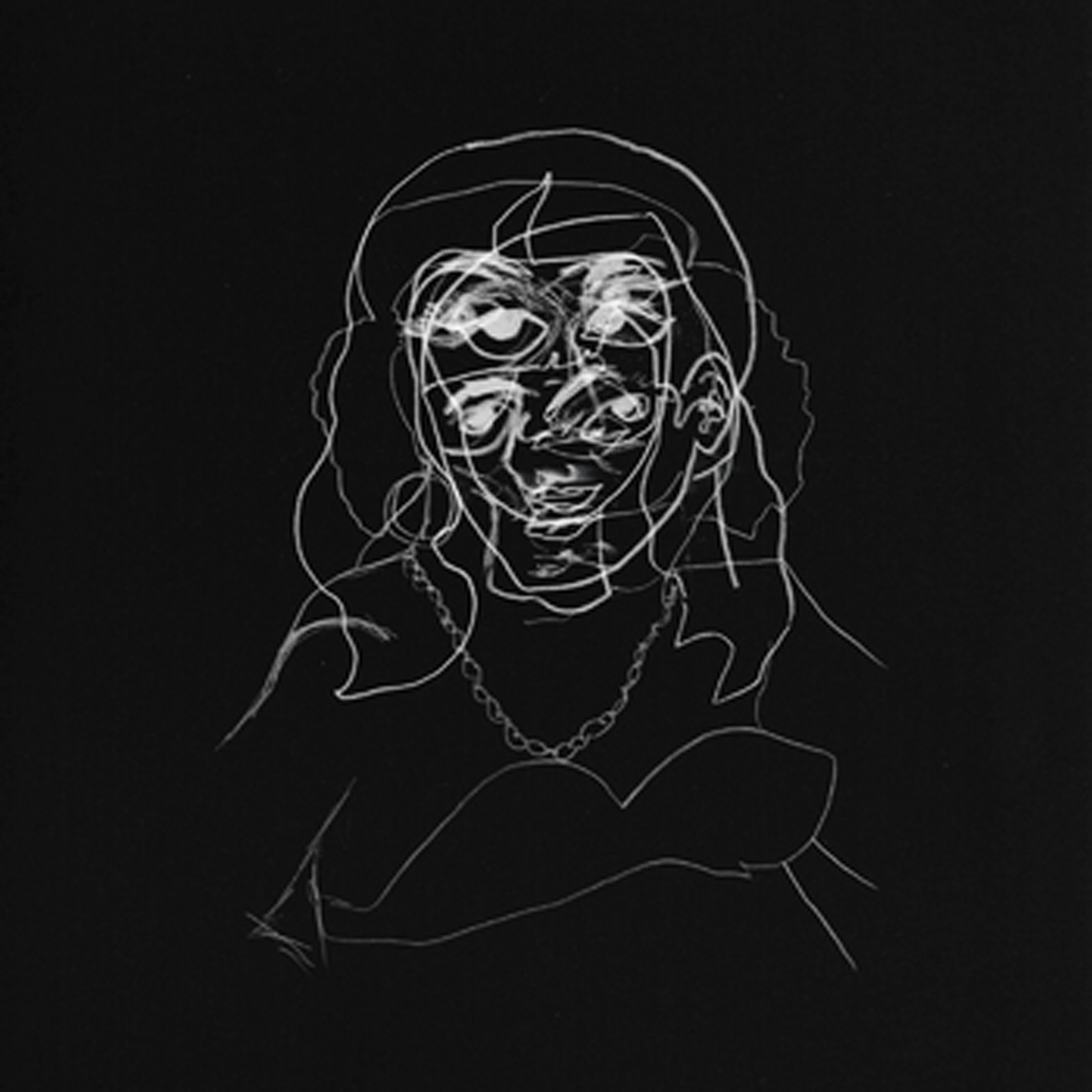 When I heard Klara Lewis’s self-released EP back in 2012, I was deeply impressed with how effectively she shaped her "found sound" collages into song-like structures, but worried that such an abstract and purist approach would be extremely limiting in the long run (it is hard to craft hooks without vocals or instruments, obviously).  As it turns out, my misgivings were largely unfounded, as Lewis has proven to be quite adept indeed at finding inventive and varied ways to exploit her unusual palette.  In fact, she seems to only be getting better and better at unlocking its deeper possibilities rather than backing herself into a corner.  That said, the content of Too probably will not surprise anyone who picked up 2014's Ett, though it may be a little less rhythmically focused.  That is not a detriment though.  In fact, it may even be liberating, as Too definitely feels more rich, otherworldly, and emotionally resonant than its predecessor.  More importantly, it features "Beaming," which is a work of absolute brilliance.
When I heard Klara Lewis’s self-released EP back in 2012, I was deeply impressed with how effectively she shaped her "found sound" collages into song-like structures, but worried that such an abstract and purist approach would be extremely limiting in the long run (it is hard to craft hooks without vocals or instruments, obviously).  As it turns out, my misgivings were largely unfounded, as Lewis has proven to be quite adept indeed at finding inventive and varied ways to exploit her unusual palette.  In fact, she seems to only be getting better and better at unlocking its deeper possibilities rather than backing herself into a corner.  That said, the content of Too probably will not surprise anyone who picked up 2014's Ett, though it may be a little less rhythmically focused.  That is not a detriment though.  In fact, it may even be liberating, as Too definitely feels more rich, otherworldly, and emotionally resonant than its predecessor.  More importantly, it features "Beaming," which is a work of absolute brilliance.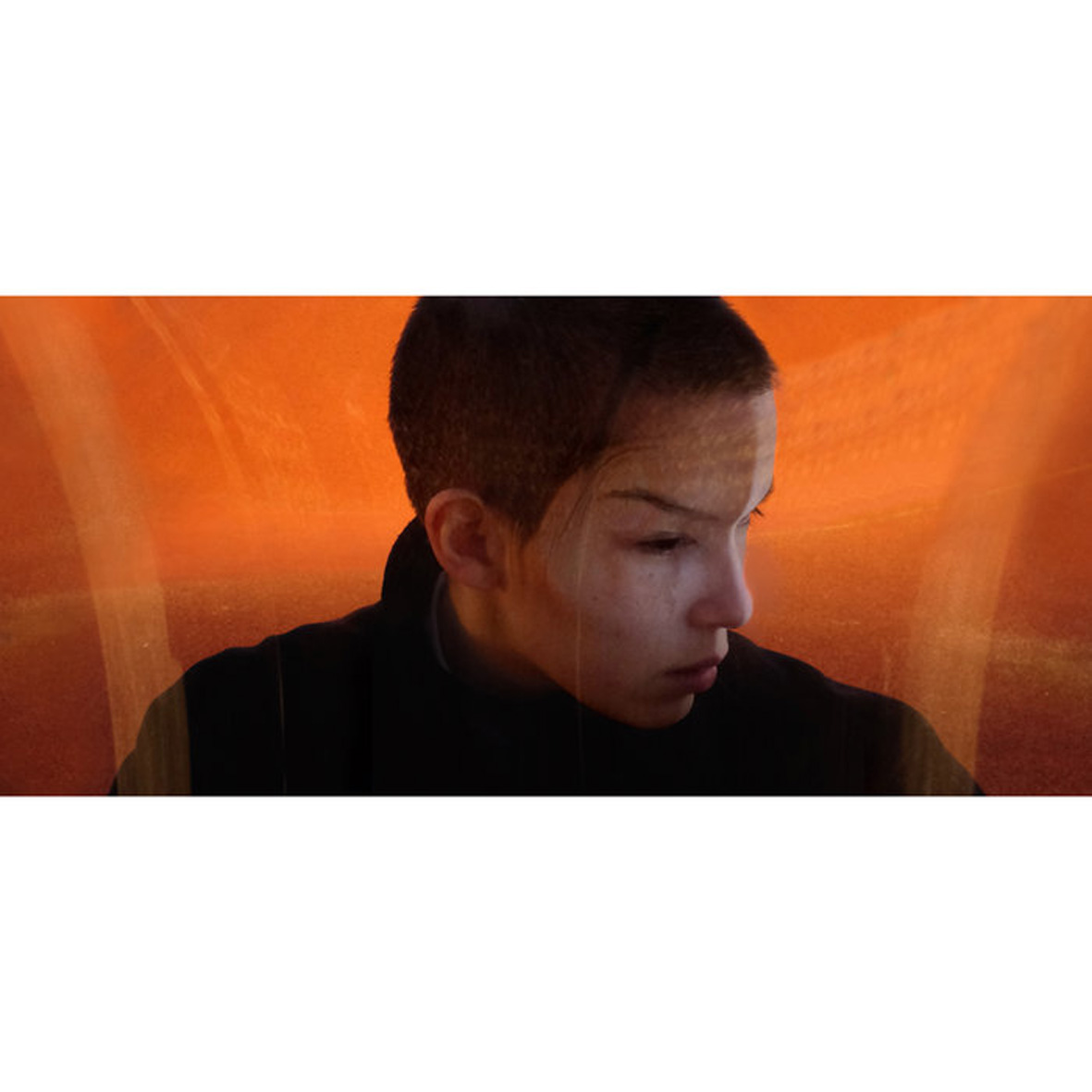 Four long years ago, Raime released an absolute monster of a debut album with Quarter Turns Over a Living Line.  Since then, I periodically found myself wondering when Raime was going resurface and how Joe Andrews and Tom Halstead could possibly top such a visceral monolith of seething gloom.  Apparently, they were wondering the exact same thing and ultimately decided not to even try.  Instead, Andrews and Halstead have picked up guitars and reinvented themselves as a quasi-post-hardcore band, a detour much more in line with their Moin side-project.  Aesthetically, I suppose that was not a bad move, but Tooth nevertheless feels quite undercooked, one-dimensional, and lean on ideas.  This probably should have been a single or an EP (at best).
Four long years ago, Raime released an absolute monster of a debut album with Quarter Turns Over a Living Line.  Since then, I periodically found myself wondering when Raime was going resurface and how Joe Andrews and Tom Halstead could possibly top such a visceral monolith of seething gloom.  Apparently, they were wondering the exact same thing and ultimately decided not to even try.  Instead, Andrews and Halstead have picked up guitars and reinvented themselves as a quasi-post-hardcore band, a detour much more in line with their Moin side-project.  Aesthetically, I suppose that was not a bad move, but Tooth nevertheless feels quite undercooked, one-dimensional, and lean on ideas.  This probably should have been a single or an EP (at best).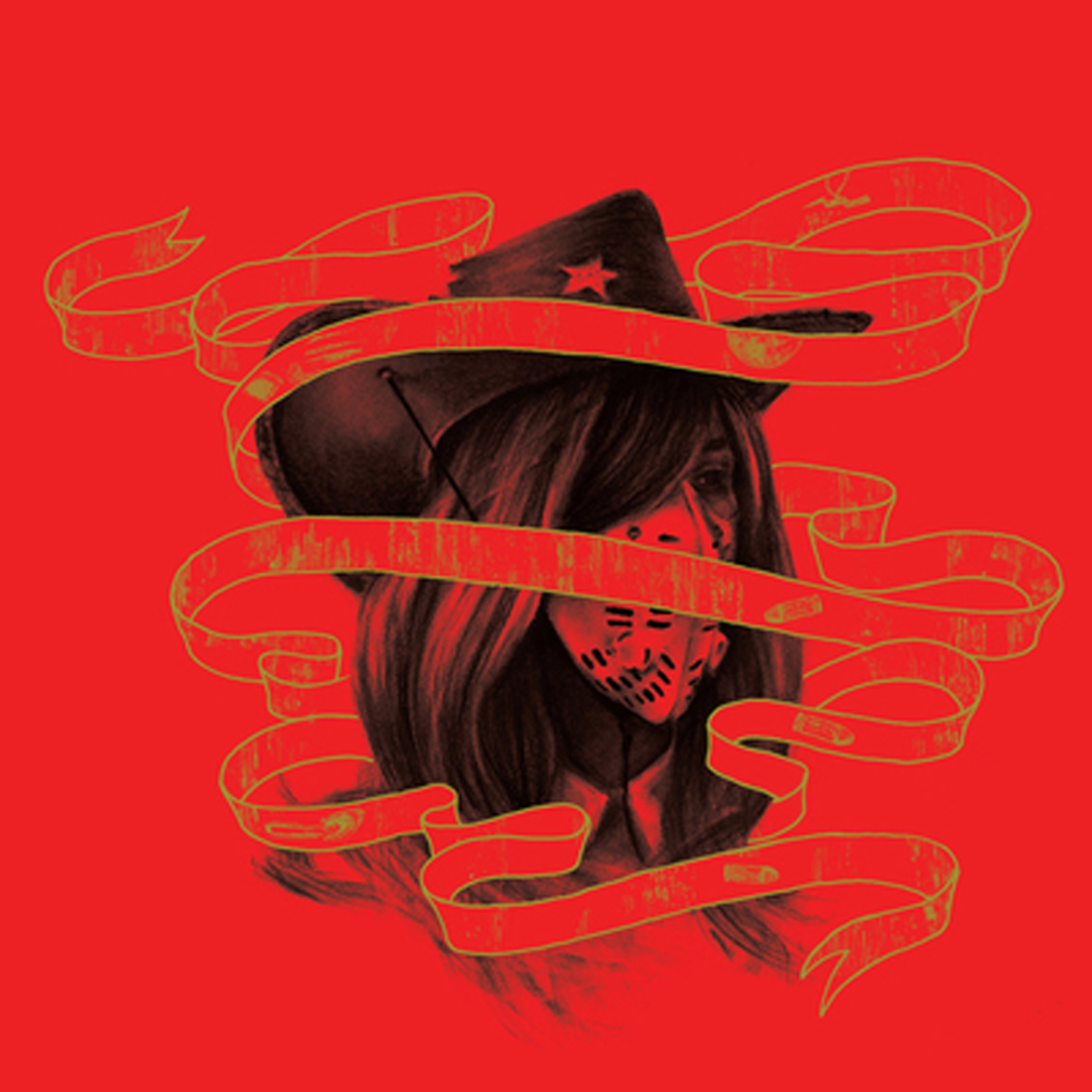 Haley Fohr's latest album quixotically departs from her Circuit des Yeux project in quite a bizarre and ambitious way.  Half performance art and half avant-garde country album, Jackie Lynn purports to be last recordings left behind by a mythic musician/iconoclast/cocaine dealer before she vanished from her apartment after a "domestic disturbance."  Fohr’s commitment to this elaborate conceit is quite impressive, concocting both a fake newspaper story and
Haley Fohr's latest album quixotically departs from her Circuit des Yeux project in quite a bizarre and ambitious way.  Half performance art and half avant-garde country album, Jackie Lynn purports to be last recordings left behind by a mythic musician/iconoclast/cocaine dealer before she vanished from her apartment after a "domestic disturbance."  Fohr’s commitment to this elaborate conceit is quite impressive, concocting both a fake newspaper story and 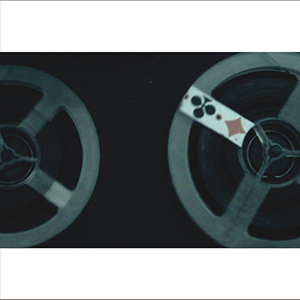 Continuing his concept of "sound recycling", Sebastian Banaszczyk’s latest work is the studio recording of a piece first performed in 2014. As part of the Festiwal Dekonstrukcji Slowa in Poland, he performed this work (translated as "The Old Writer") as a tribute to William S. Burroughs on his 100th birthday. Consistent with his work to this point, it is a brilliant deconstruction of sounds that bear little resemblance to their source, but perhaps what is most surprising is the amount of conventional music he chose to employ, giving an added layer of depth to an already complex record.
Continuing his concept of "sound recycling", Sebastian Banaszczyk’s latest work is the studio recording of a piece first performed in 2014. As part of the Festiwal Dekonstrukcji Slowa in Poland, he performed this work (translated as "The Old Writer") as a tribute to William S. Burroughs on his 100th birthday. Consistent with his work to this point, it is a brilliant deconstruction of sounds that bear little resemblance to their source, but perhaps what is most surprising is the amount of conventional music he chose to employ, giving an added layer of depth to an already complex record.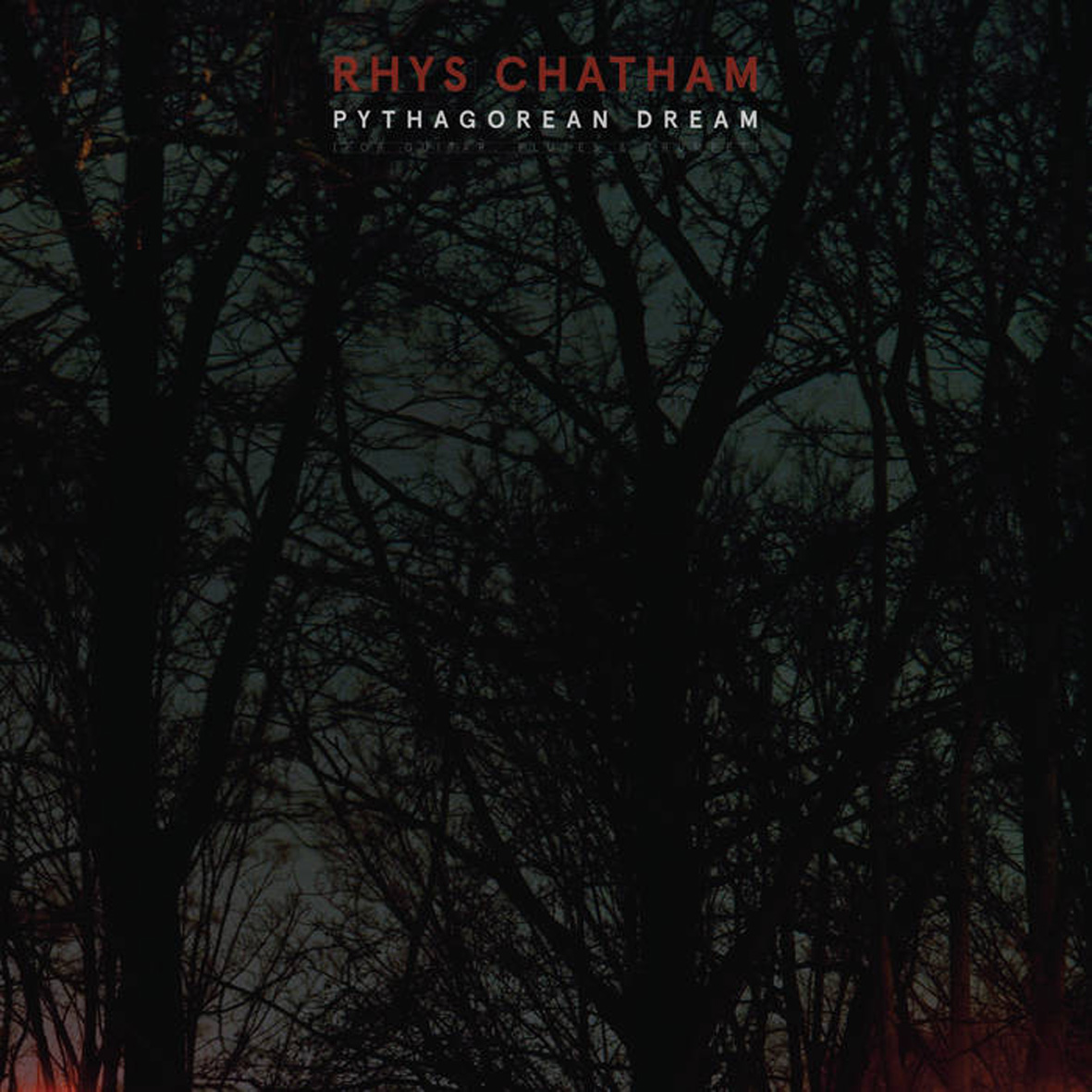 To his everlasting credit, Rhys Chatham has remained a restlessly evolving and adventurous composer well into his 60s, as well as quite an endearing perverse and unpredictable one.  Case in point: roughly a decade after composing his monumental A Crimson Grail for 400 guitars, Chatham is now is now experimenting with ways to perform his harmonically complex compositions all by himself in real-time.  Also, he has picked up the flute again (his original instrument, which was summarily abandoned for electric guitars after Chatham first experienced the Ramones).  As if that were not enough divergence from the norm, Chatham also employs a special Pythagorean/just-intonation tuning system for his guitar.  Despite all of those innovations, Pythagorean Dream is first and foremost an impressive performance rather than a bold new artistic statement.  I suppose that makes it a fairly minor release within Chatham’s oft-influential and frequently large-scale oeuvre, but it is still surprisingly effective for a one-man guitar/trumpet/flute tour de force and certainly sounds like absolutely no one else.
To his everlasting credit, Rhys Chatham has remained a restlessly evolving and adventurous composer well into his 60s, as well as quite an endearing perverse and unpredictable one.  Case in point: roughly a decade after composing his monumental A Crimson Grail for 400 guitars, Chatham is now is now experimenting with ways to perform his harmonically complex compositions all by himself in real-time.  Also, he has picked up the flute again (his original instrument, which was summarily abandoned for electric guitars after Chatham first experienced the Ramones).  As if that were not enough divergence from the norm, Chatham also employs a special Pythagorean/just-intonation tuning system for his guitar.  Despite all of those innovations, Pythagorean Dream is first and foremost an impressive performance rather than a bold new artistic statement.  I suppose that makes it a fairly minor release within Chatham’s oft-influential and frequently large-scale oeuvre, but it is still surprisingly effective for a one-man guitar/trumpet/flute tour de force and certainly sounds like absolutely no one else.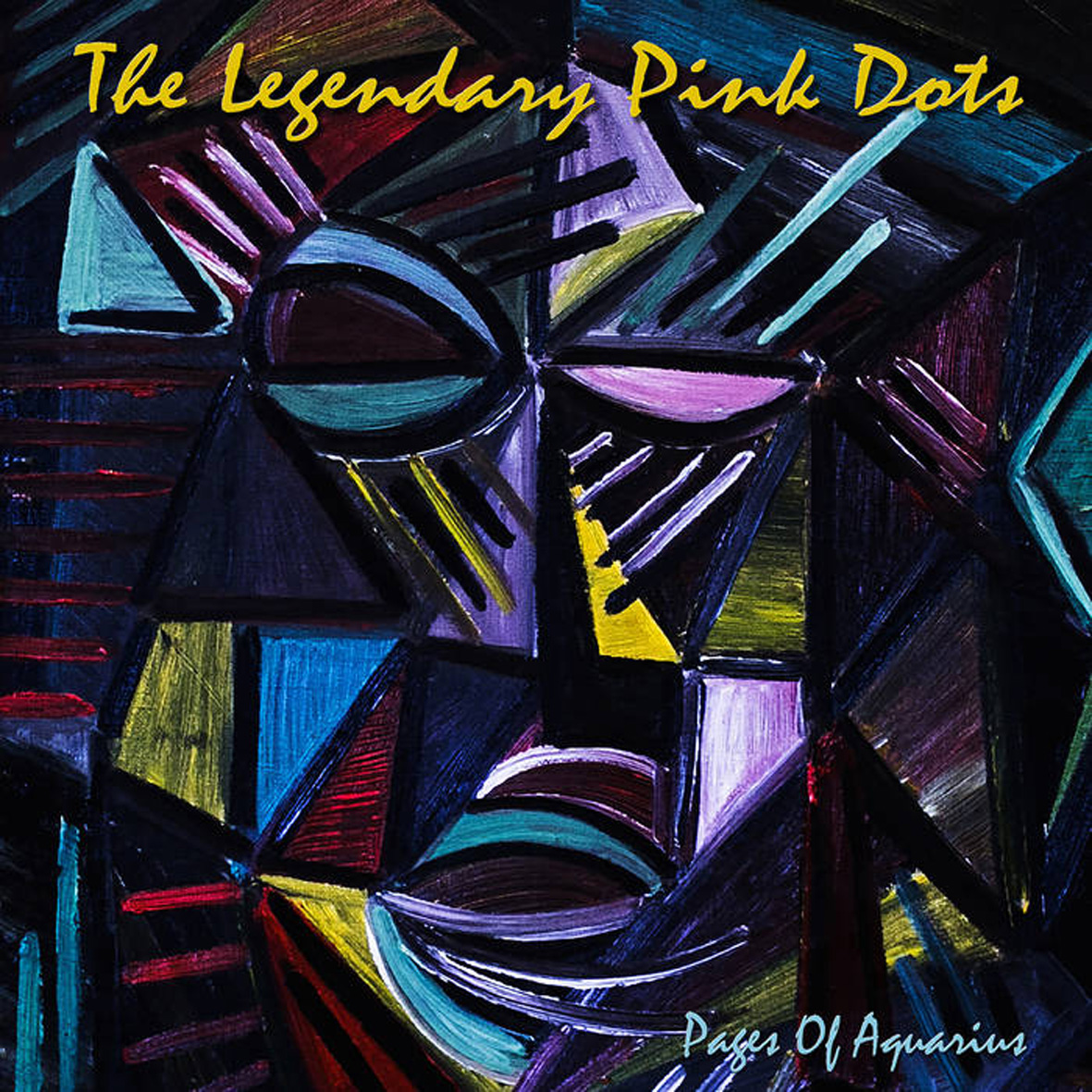 The Legendary Pink Dots have been in the midst of a creative renaissance for years now, fitfully releasing some of the finest work of their career amidst the unending and distracting tide of solo projects, reissues, live albums, and archival discoveries.  The lion's share of Edward Ka-Spel's best ideas, however, have definitely been winding up in LPD's more abstract and experimental work.  I am personally perfectly fine with that, as that is the side of the Dots that I have always preferred anyway.  I suspect that most longtime fans were initially drawn to the band by their songs though and they have presumably been suffering through quite a long dry spell in that regard.  Pages of Aquarius is an album for them, as it is a solid, concise, and hook-heavy collection of industrial-tinged songs that harken back to the Dots of earlier times.  In fact, if I did not know better, I would have guessed that this album was recorded in the early '90s.  I am not sure if that is necessarily a bad thing or a good thing, but there are a definitely a handful of instant classics here regardless.
The Legendary Pink Dots have been in the midst of a creative renaissance for years now, fitfully releasing some of the finest work of their career amidst the unending and distracting tide of solo projects, reissues, live albums, and archival discoveries.  The lion's share of Edward Ka-Spel's best ideas, however, have definitely been winding up in LPD's more abstract and experimental work.  I am personally perfectly fine with that, as that is the side of the Dots that I have always preferred anyway.  I suspect that most longtime fans were initially drawn to the band by their songs though and they have presumably been suffering through quite a long dry spell in that regard.  Pages of Aquarius is an album for them, as it is a solid, concise, and hook-heavy collection of industrial-tinged songs that harken back to the Dots of earlier times.  In fact, if I did not know better, I would have guessed that this album was recorded in the early '90s.  I am not sure if that is necessarily a bad thing or a good thing, but there are a definitely a handful of instant classics here regardless. This intriguing and wildly divergent pair of unreleased performances provides a fascinating window into the curious evolution of Hennix's singular artistry.  The newer and more listenable of the two is credited to her current Chora(s)san Time-Court Mirage project and enlists a trio of vocalists to weave a mantric, quasi-devotional Eastern drone reverie for 80 minutes.  Far more intriguing, however, is the remarkably heavy and nerve-jangling 1976 performance from her earlier just-intonation ensemble, The Deontic Miracle.  In retrospect, it now makes perfect sense to me why it took so long for Catherine Christer Hennix's work to be fully appreciated, as there is absolutely no way that the world was ready for such radically dissonant drones forty years ago.
This intriguing and wildly divergent pair of unreleased performances provides a fascinating window into the curious evolution of Hennix's singular artistry.  The newer and more listenable of the two is credited to her current Chora(s)san Time-Court Mirage project and enlists a trio of vocalists to weave a mantric, quasi-devotional Eastern drone reverie for 80 minutes.  Far more intriguing, however, is the remarkably heavy and nerve-jangling 1976 performance from her earlier just-intonation ensemble, The Deontic Miracle.  In retrospect, it now makes perfect sense to me why it took so long for Catherine Christer Hennix's work to be fully appreciated, as there is absolutely no way that the world was ready for such radically dissonant drones forty years ago.
